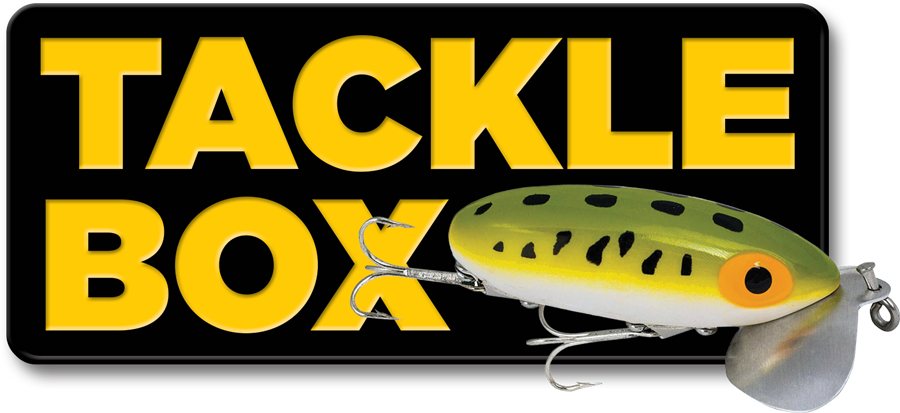
As the popularity of pontoon and deck boats has grown in recent years, it makes sense that more owners are including angling as an on board activity option for their family and friends. Whether they realize it or not, those who purchase one of these adaptable, family-friendly watercraft already have an able fishing platform underfoot. The broad-beamed boats are extremely “fishing friendly,” offering the stability and deck space that drew many of us to consider a pontoon or deck boat in the first place.
When a pleasure boater asks me what gear they need to allow them to effectively fish from their boat, assuming they have basic fishing tackle including rods and reels and lures, the first item I recommend is adding rod holders.

There are two main styles of rod holders: flush-mount and surface-mount. Flush-mount rod holders are permanent and not adjustable; tube-shaped and angled, they are sunk level with the deck or gunwale to hold the rod and reel by the rod butt. Most factory-installed rod holders are flush mounts, and are made of metal or plastic. The advantage of flush mount rod holders is that they are always available yet never in the way. They also can be used to secure other items such as cupholders, grills, and small food prep and cutting boards. You can install flush mounts in aftermarket applications using a hole saw, silicone and sheet metal screws – as long as you have a level surface and space below to accommodate it.

The key is selecting a rod holder that will mount on your boat where you want it and will remain secure enough to hold the rod and reel in the event a large fish hits the bait and starts pulling on the line while the rig is in the holder. While most fishing will be done with the angler actually holding the rod and reel, casting and retrieving the bait, some fishing tactics such as trolling or still fishing allow the angler to place the rod and reel in the holder to do the holding while waiting for a fish to strike. Some cheap clamp-on models can loosen with boat vibration alone–let alone surrendering a rod and reel to the first tug of a fish–so no matter what holder you install, test it to make sure it will stay securely in place before using it. Most will serve to secure the rod and reel while the boat is underway to and from the fishing grounds as well as being there when an angler needs an extra hand, or to hold the rod when trolling, drifting or still fishing.
With rod holders, anglers aboard your pontoon or deck boat have a secure place to put their rod and reel while they fish or need a break from holding their rigs, and are the best accessory you can add to adapt your boat for angling–occasionally or otherwise.



